


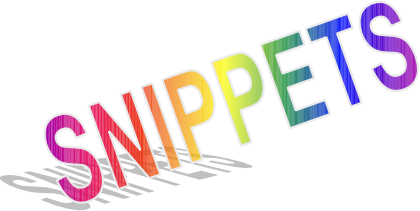
Acknowledgement
Great Harry: Photograph by Gerry Bye, original work by Anthony Anthony, c1546. Considered to be in the public domain – https://commons, wikimedia.org.
H8-
In 1542 work begins on the building of the impressive
Belfry of Ivan II. The "column of fame", made of white
stone and surmounted by a golden cupola, becomes
a famous landmark in Moscow's Red Square.

The Corporation of Trinity House is founded in London in 1514 to provide river pilots to help ships navigate up the Thames. Later, all lighthouses in England and Wales became part of its responsibility.
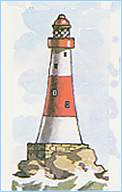
The Henry Grace à Dieu, nicknamed "Great Harry" is launched in 1514. The biggest warship afloat at that time -
231 guns and golden sails -
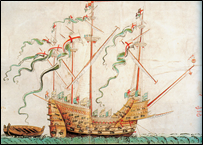

In 1517 the wheel-
In Italy in 1523 keyboard music is printed with staves of five
lines and bars used to divide the music into equal time-


A serious fire breaks out in Moscow
in 1547 and destroys much of the city.



1545 The English scholar and royal tutor Roger Ascham (c1515-
wrote The Scholemaster, an enlightened treatise on education.
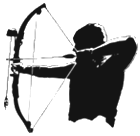

In about 1517 coffee and pineapples arrive in Europe, and in 1524 turkeys from South America are eaten for the first time at the English Court -
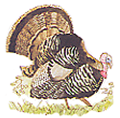

When Cortes arrived in the Aztec Empire in 1519 the king Montezuma served him Xocoatl, a drink made from coco beans. It was introduced into Spain where it was served hot after being sweetened and flavoured with vanilla and cinnamon. It was about a hundred years before the drink found its way to France, and then in 1657 a Frenchman opened a shop in London selling solid "chocolate". It was some forty years later, however, before milk was added and it became more palatable .... to those who could afford it!



